Stress Reduction: Simple Massage & Movement Tricks That Actually Work
Feeling wired and tense right now? You don't need a long retreat to feel better. Small, targeted practices—many shown on this site—cut stress fast and improve sleep, mood, and focus. Below are hands-on moves and daily habits you can use today, with clear why-and-how tips so you don’t waste time on stuff that feels nice but does little.
Hands-on fixes you can try now
Acupressure: press the web between thumb and index finger for 30–60 seconds when headaches or jaw tension hit. It’s a quick reset you can do at your desk. For deeper tension, try trigger point work—press into a tight knot for 10–15 seconds, breathe, then release slowly. Many people find this eases sore shoulders and neck stiffness.
Warm stone and hot-stone techniques: apply a warm (not hot) smooth stone along tense areas for 5–10 minutes to loosen muscles and slow your breathing. This works especially well in the evening to nudge you toward sleep. If you don’t have stones, a warm towel does a similar job.
Polarity therapy and Amma massage: these use gentle stretches and rhythmic pressure to reset your body’s energy and lower heart rate. Even a single 20–30 minute session can drop anxiety levels enough to notice. If you’re chasing back relief, Amma massage often targets the exact patterns that keep pain cycling back.
Daily habits that stop stress before it builds
Mindful movement: short sessions of Feldenkrais or gentle Feldenkrais-style awareness for 10–15 minutes help you move with less strain. You’ll find posture improves and breathing deepens, which lowers baseline stress. Yoga combined with Feldenkrais ideas improves flexibility without pushing into pain.
Steam and ritual: a quick hammam-style hot-cold rinse or a warm shower followed by a brisk cool splash reduces muscle tension and gives the nervous system a reset. Pair this with 2–3 minutes of focused breathing—inhale slow for four, exhale for six—to prolong the calm.
Work with a pro when needed: techniques like Rolfing, Hellerwork, Ortho-Bionomy, or Lomi Lomi offer deeper, longer-lasting changes in posture and tension patterns. These are best when stress links to chronic pain or poor posture. Palliative and blind massage examples show how touch can ease not just the body but worry, too—look for practitioners trained in the method you want.
Short checklist before bed: 1) 5 minutes of gentle self-massage or acupressure, 2) warm towel on tense spots, 3) 2 minutes of slow breathing, 4) dim lights. Do that three nights and you’ll notice sleep and mood shift.
Pick one practice and stick with it for a week. Small, consistent steps beat big, occasional efforts. If you want suggestions tailored to your pain points—neck tension, sleep trouble, or chronic back stress—tell me which and I’ll point you to the best technique from the articles on this site.

Acupressure: A Simple, Non-Invasive Way to Relieve Pain and Stress
Acupressure uses finger pressure on key points to relieve pain, stress, and nausea naturally. Backed by science and used for thousands of years, it’s a safe, free way to support healing without drugs or needles.
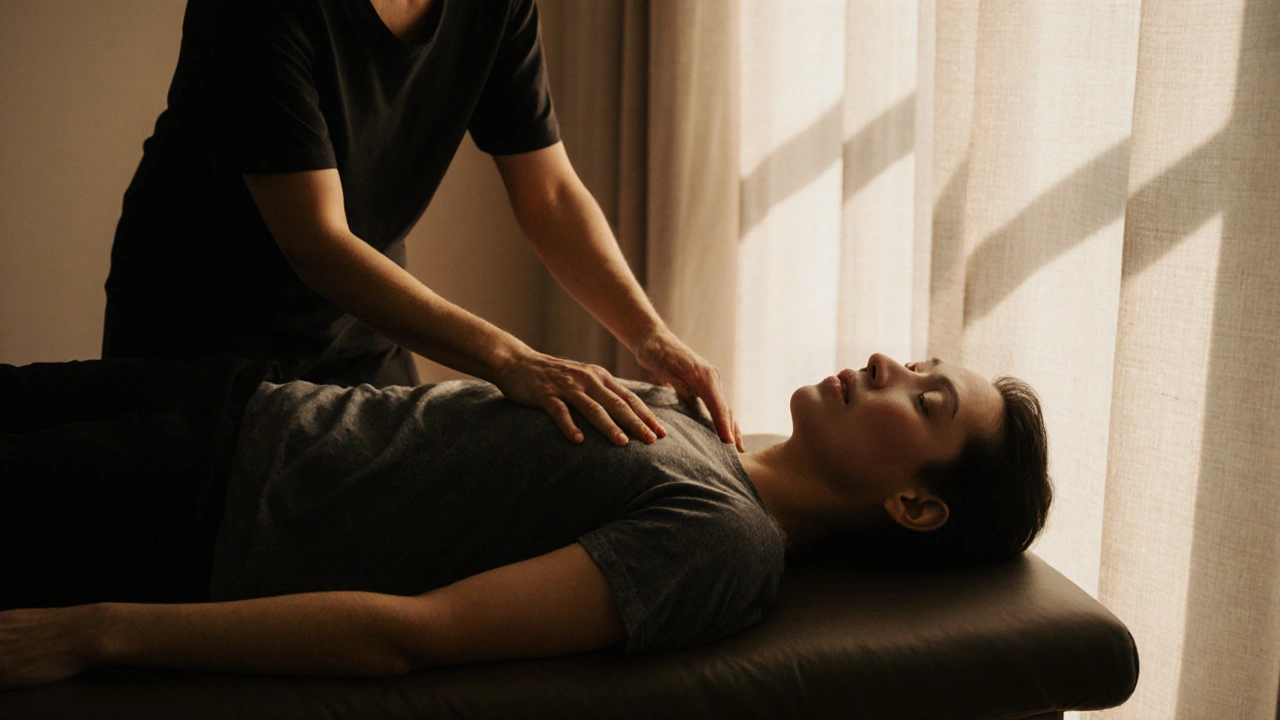
Ortho-Bionomy: The Ultimate Solution for Stress and Pain
Ortho-Bionomy is a gentle, non-invasive therapy that helps relieve chronic pain and stress by working with your body's natural reflexes-not against them. No force, no pressure, just quiet movement that tells your nervous system it's safe to relax.
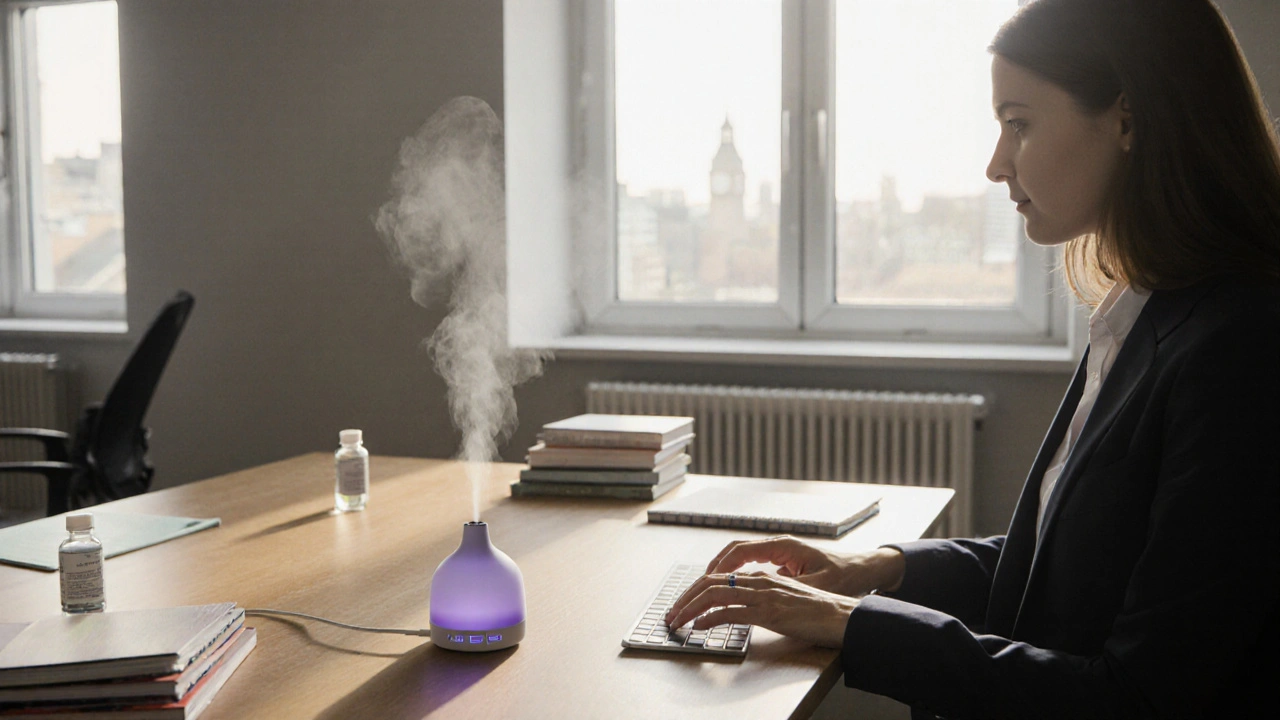
How Aromatherapy Boosts Workplace Productivity
Aromatherapy can boost workplace productivity by reducing stress and sharpening focus. Essential oils like peppermint, lavender, and lemon have been shown to improve task accuracy, lower cortisol, and enhance memory-without medication or caffeine.
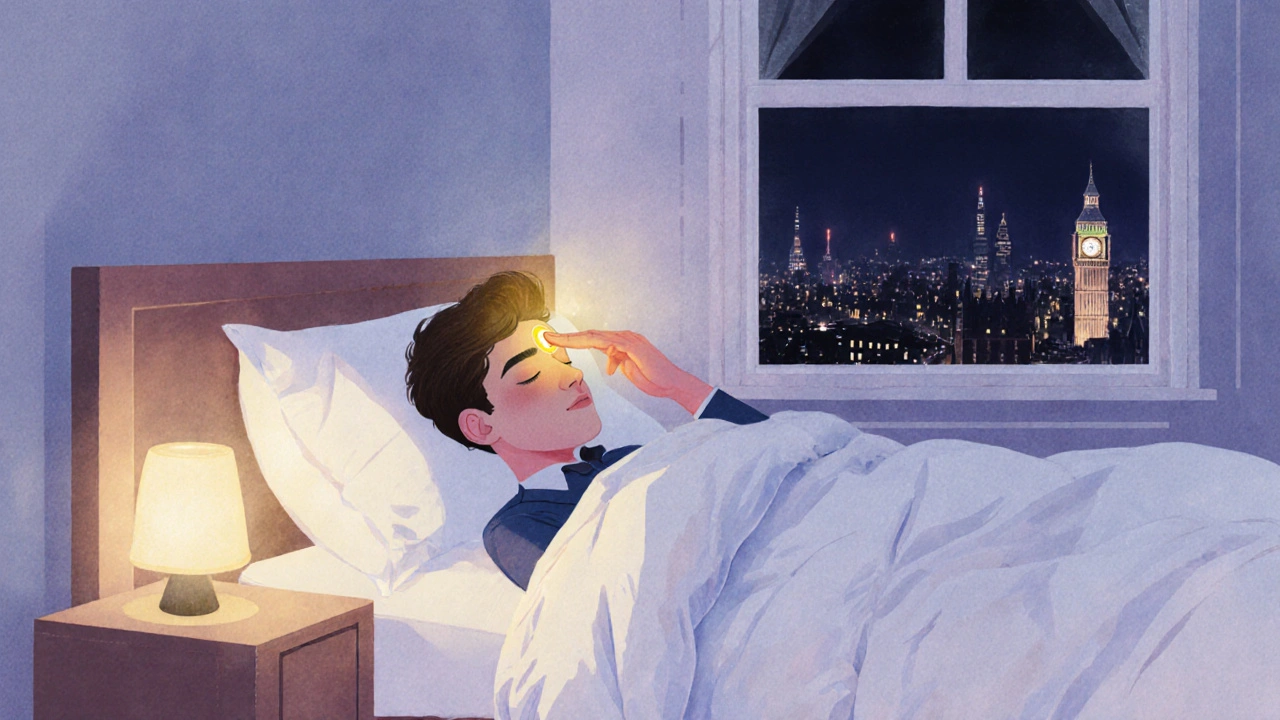
How Acupressure Improves Sleep Quality - Natural Tips for Better Rest
Discover how acupressure can boost your sleep quality, reduce insomnia, and calm stress. Learn practical points, scientific links, and simple routines for a deeper night's rest.

Revitalize Your Life With Healing Touch: Discover the Power of Therapeutic Massage
Explore the healing touch—how massage boosts wellness, eases pain, and revitalizes your life. Get practical tips, facts, and real benefits of therapeutic touch.
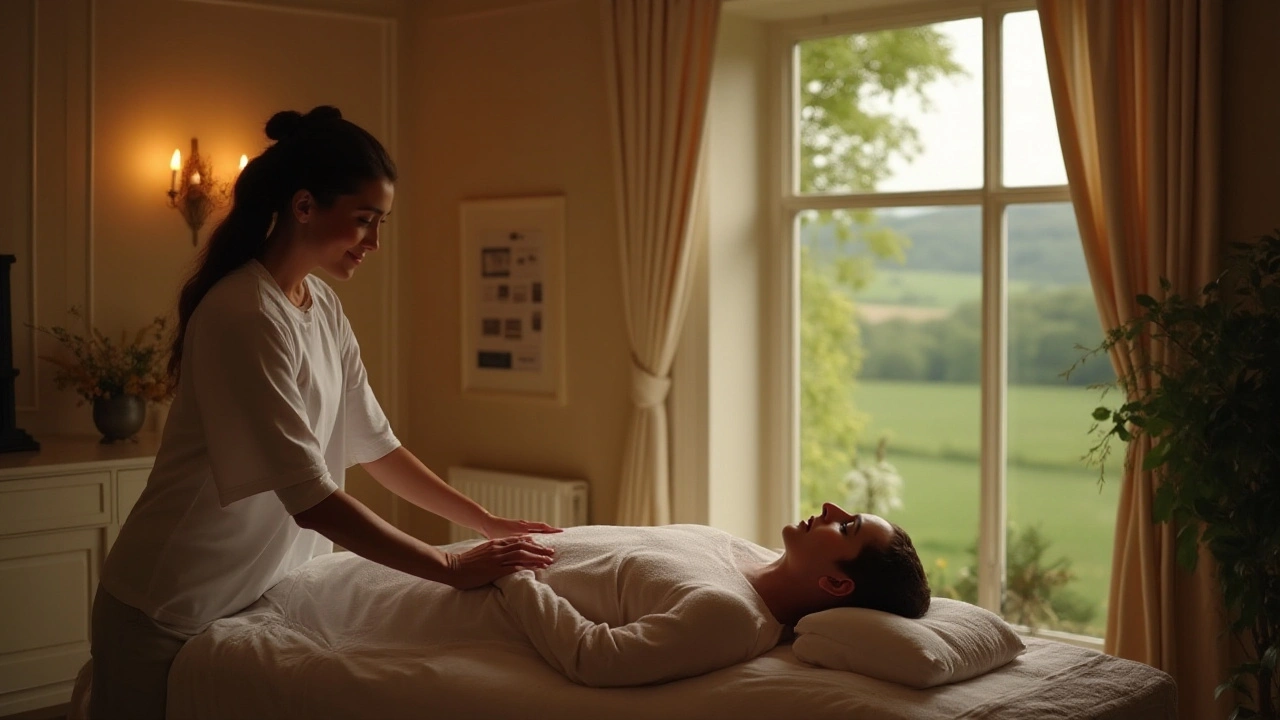
Hidden Advantages of Trager Therapy for Well-being
Trager Therapy is a lesser-known yet profoundly effective method for enhancing well-being. Through gentle movements and mindful touch, this therapy offers unique benefits. It helps reduce tension, improve mobility, and promote overall relaxation. By fostering a deeper mind-body connection, Trager Therapy can be a vital tool in managing daily stress and enhancing one's quality of life.
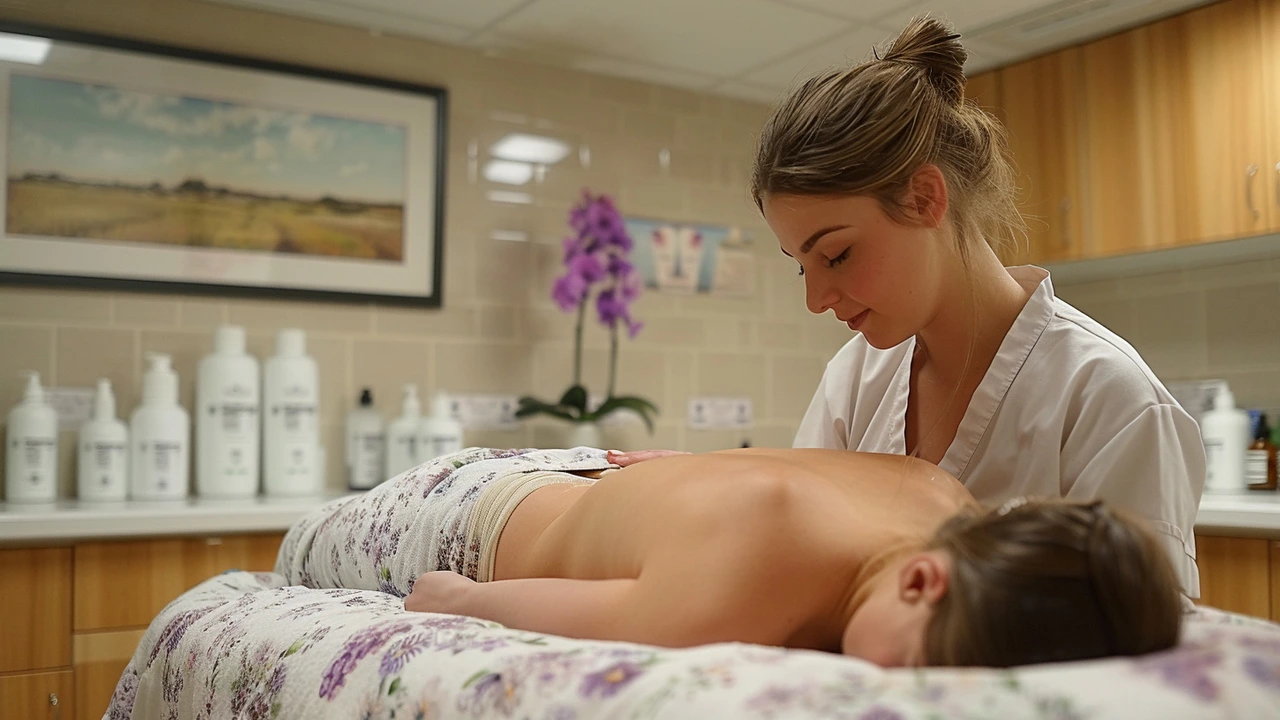
Unlocking Wellness: The Surprising Benefits of Therapeutic Massage
Explore the increasingly recognized field of medical massage and its wide-ranging benefits for both physical and mental health. From offering significant relief from chronic pain to playing a pivotal role in stress reduction and enhancing mental well-being, medical massage emerges as a powerful tool in complementing traditional medical treatments. This detailed article delves into the science-backed advantages, practical tips for integrating massage into your healthcare regimen, and real-life success stories that illustrate the transformative power of therapeutic touch.
Categories
- Health and Wellness (148)
- Alternative Therapies (86)
- Massage Therapy (40)
- Travel and Culture (15)
- Beauty and Skincare (9)
- Holistic Health (8)
- Health and Fitness (5)
- Spirituality (5)
- Other (2)
- Personal Development (2)
Popular Articles

Unlocking Health with Acupressure Techniques
Dec, 22 2024


